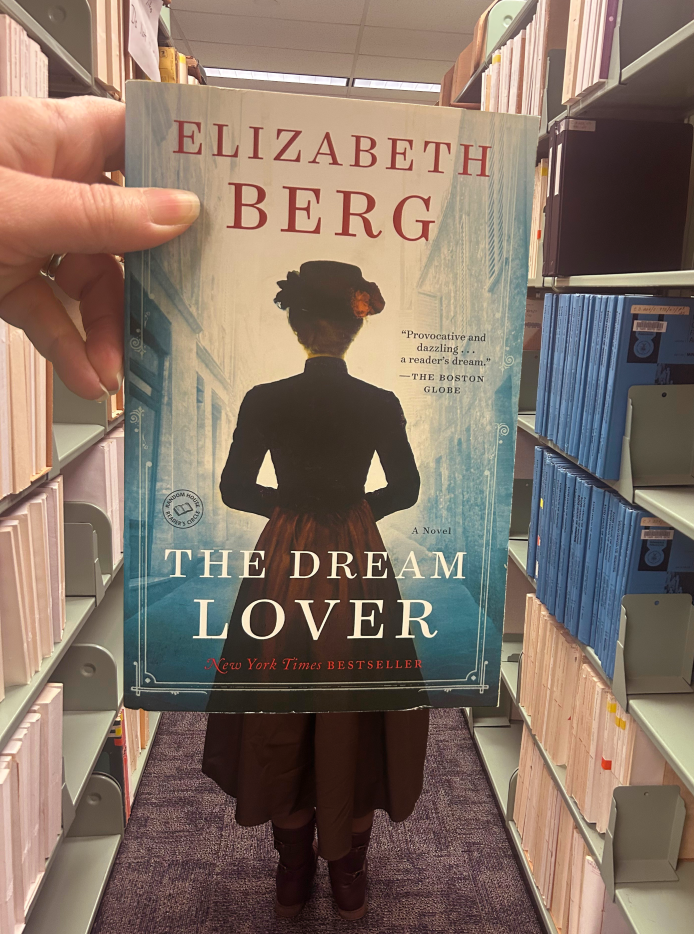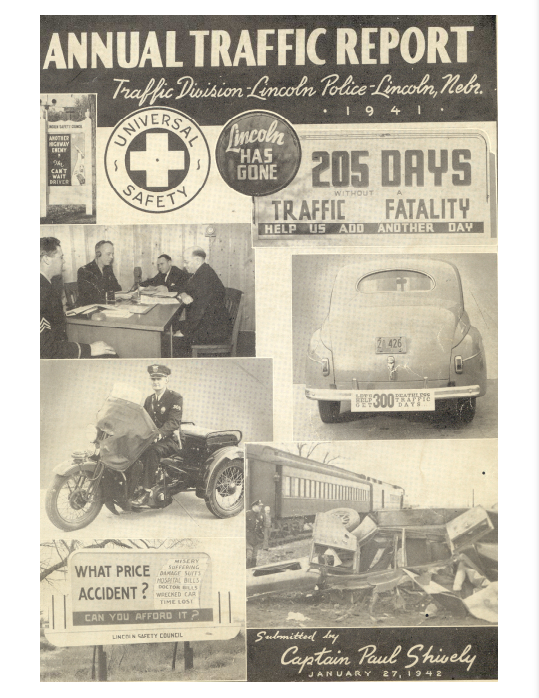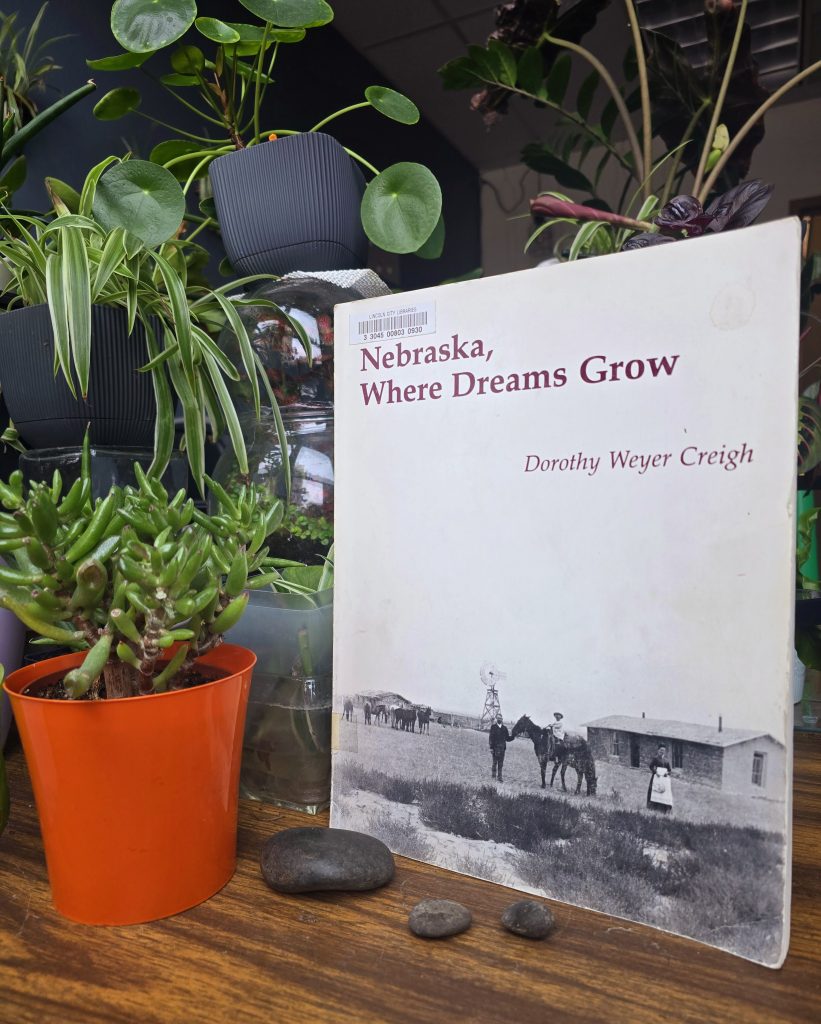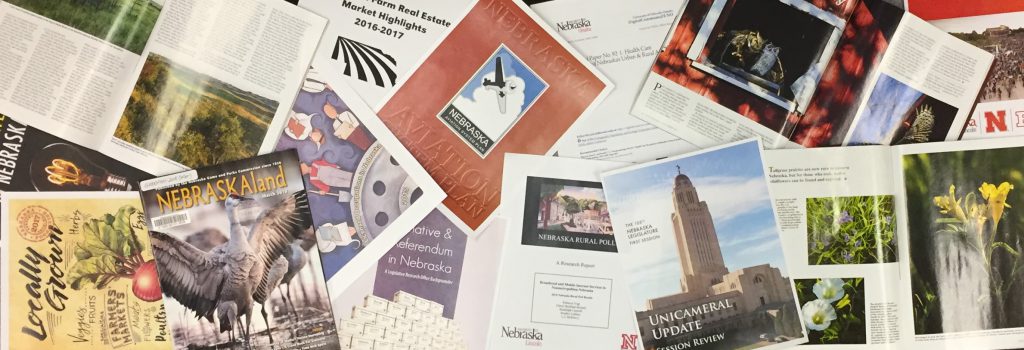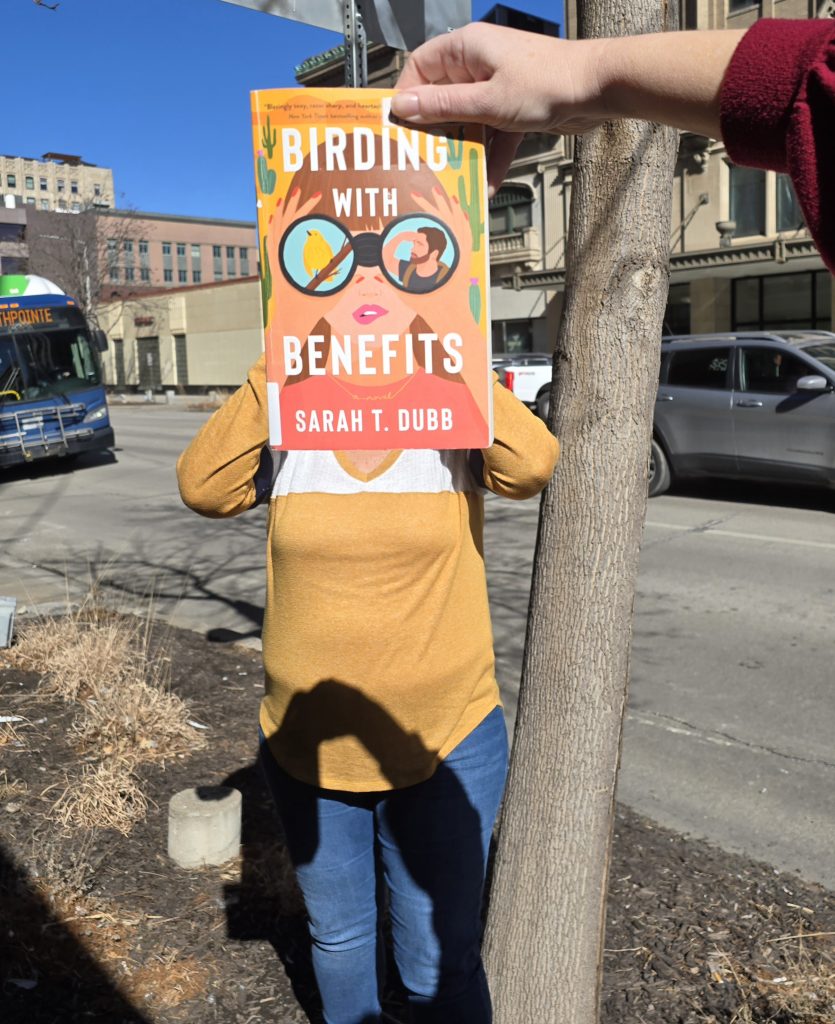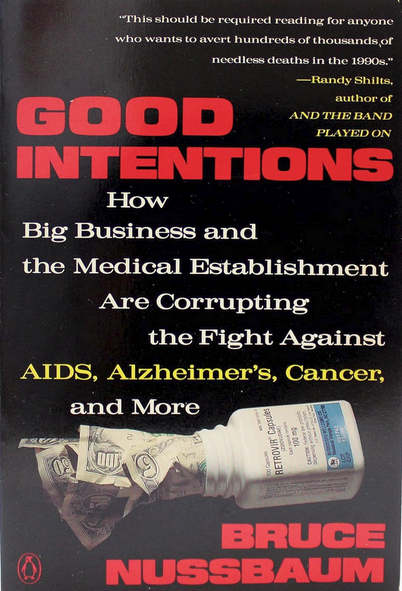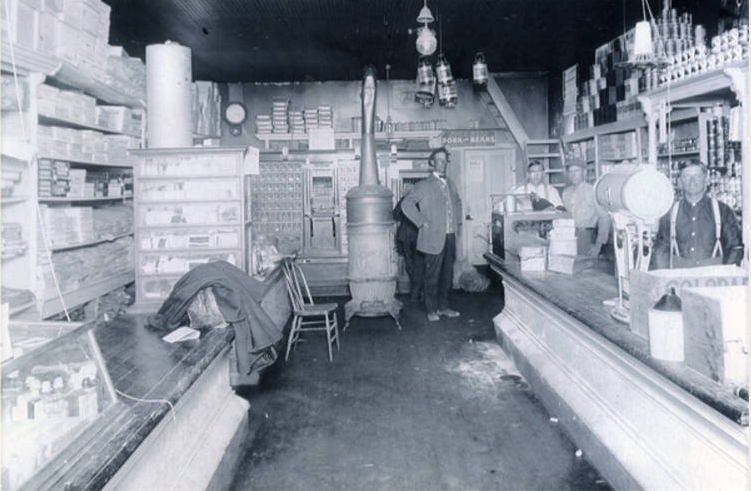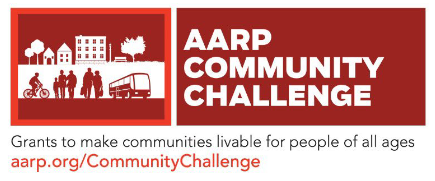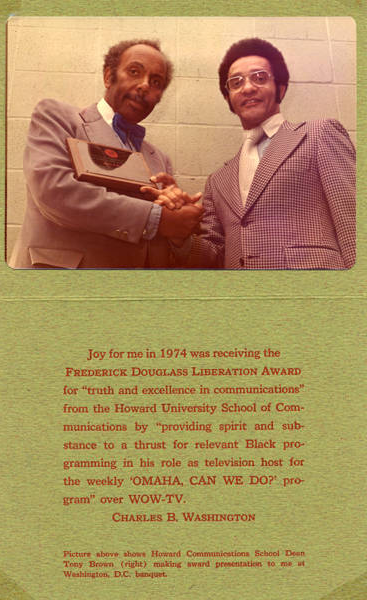The Nebraska Publications Clearinghouse receives documents every month from all Nebraska state agencies, including the University of Nebraska Press (UNP). UNP books, as well as all Nebraska state documents, are available for checkout by libraries and librarians for their patrons.
Here are the UNP books the Clearinghouse received in January and February, 2025:
The Complete Letters of Henry James, 1888-1891, Volume 1, by Henry James, edited by Michael Anesko, et al. Series: The Complete Letters of Henry James
This first volume in The Complete Letters of Henry James, 1888–1891 contains 171 letters, of which 119 are published for the first time, written from late November 1888 to April 20, 1890. These letters continue to mark Henry James’s ongoing efforts to care for his sister, develop his work, strengthen his professional status, build friendships, engage with timely political and economic issues, and maximize his income, which included hiring an agent. James details his work on The Tragic Muse, “Mrs. Temperly,” “An Animated Conversation,” “The Solution,” and other fiction. This volume opens with James in France and concludes with James on the Continent. Dee MacCormack introduces the volume, paying close attention to James’s increasing interest in the theater.
Men of God : Medicant Orders in Colonial Mexico, by Asunción Lavrin. Series: Confluencias
A broadly researched cultural history, Men of God offers a path to understanding the concept of religious masculinity through an intimate approach to the study of friars and lay brothers in colonial Mexico. Though other scholars have focused on the missionary work of the Augustinian, Franciscan, and Dominican friars, few have addressed their everyday lives and how the internal discipline of their orders shaped them. In Men of God Asunción Lavrin offers a sweeping yet intimate history of the mendicant friars in New Spain from the late sixteenth through the eighteenth centuries.
Focusing on these individuals’ lives from childhood through death, Lavrin explores contemporaneous ideas, from how to raise a boy to the friars’ training as novices, and the similarities and differences in the life experiences of lay brothers and ordained members. She discusses their sexuality to reveal the challenges and failures of religious manhood, as well as the drive behind their missionary duties, especially in the late seventeenth through the eighteenth centuries. Men of God also explores the concepts and realities of martyrdom and death, significant elements in the spirituality of the mendicant friars of colonial Mexico.
Of Corn and Catholicism : a History of Religion and Power in Pueblo Indian Patron Saint Feast Days
In Of Corn and Catholicism Andrea Maria McComb Sanchez examines the development of the patron saint feast days among Eastern Pueblo Indians of New Mexico from the seventeenth century to the late nineteenth century. Focusing on the ways Pueblo religion intertwined with Spanish Catholicism, McComb Sanchez explores feast days as sites of religious resistance, accommodation, and appropriation. McComb Sanchez introduces the term “bounded incorporation” to conceptualize how Eastern Pueblo people kept boundaries flexible: as they incorporated aspects of Catholicism, they changed Catholicism as well, making it part of their traditional religious lifeway.
McComb Sanchez uses archival and published primary sources, anthropological records, and her qualitative fieldwork to discuss how Pueblo religion was kept secret and safe during the violence of seventeenth-century Spanish colonialism in New Mexico; how Eastern Pueblos developed strategies of resistance and accommodation, in addition to secrecy, to deal with missionaries and Catholicism in the eighteenth and early nineteenth centuries; how patron saint feast days emerged as a way of incorporating a foreign religion on the Pueblos’ own terms; and how, by the later nineteenth century, these feast days played a significant role in both Pueblo and Hispano communities through the Pueblos’ own initiative.
Unsettling Cather, by Marilee Lindemann and Ann Romines. Series: Cather Studies, Volume 14
American author Willa Cather was born and spent her first nine years in the Shenandoah Valley of Virginia. Here, as an observant daughter of a privileged white family, Cather first encountered differences and dislocations that remained lively, productive, and sometimes deeply troubling sites of tension and energy throughout her writing life.
The essays in Cather Studies, Volume 14 seek to unsettle prevailing assumptions about Cather’s work as she moved from Virginia to Nebraska to Pittsburgh to New York City to New Mexico and farther west, and to Grand Manan Island. The essays range from examinations of how race shapes and misshapes Cather’s final novel, Sapphira and the Slave Girl, to challenges to criticisms of her 1935 novel, Lucy Gayheart. Contributors also frame fresh discussions of Cather’s literary influences and cultural engagements in the first decade of her career as a novelist through the lens of sex and gender and examine Cather’s engagements with region as a geopolitical, sociolinguistic, and literary site. Together, the essays offer compelling ways of seeing and situating Cather’s texts—both unsettling and advancing Cather scholarship.
**Pictures and Synopses courtesy of University of Nebraska Press.
